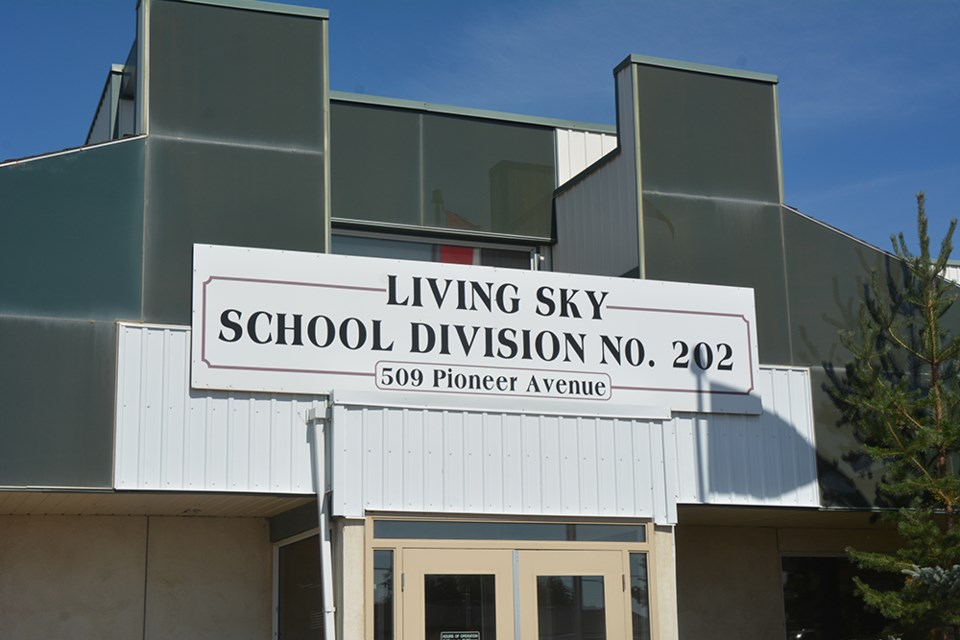Living Sky School Division staff made a presentation last week at a board meeting regarding engagement of First Nation, Métis and Inuit students and discussed how some students are declaring Indigenous identity.
Declaring FN/M/I status at school appears on a form when students register, Superintendent of Curriculum and Instruction Tonya Lehman said, and parents are sent information at the beginning of the year.
“We know that we don’t have all of our students self-declaring,” Lehman said.
The school division uses data to measure attendance, school performance and engagement, among other things.
Historically First Nations and Métis students haven’t performed as well in school as other students. One reason for this, according to educators, is a lack of engagement. The Ministry of Education in recent years has taken measures to improve school performance and graduation rates.
Births among First Nation people are rising in the area and the number of First Nation youth is increasing, but most schools within the division, Lehman said, would say the division’s data shows a lower number of First Nation people than the actual amount.
A noticeable trend is low declaration of early years students, but more self-declare in Grades 3 to 9.
Reasons for not self-declaring include historical mistrust regarding the use of such information, and concerns First Nation/Métis/Inuit students will be treated differently, according to Learning Consultant Sherron Burns.
Living Sky schools have tried a number of approaches to improve attendance among students and to graduate them within three years, including land-based learning, the BEATS program offered to high school students (which allows them to collaborate on long-term creative projects, the most recent of which was a short film) and a badge system at Cando School, in which badges represent credit attainment.
The school division has also sought input from a council of elders.




